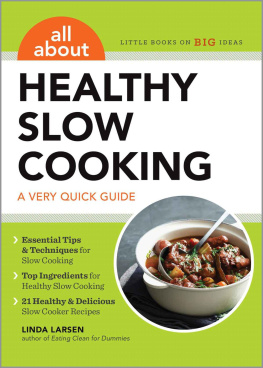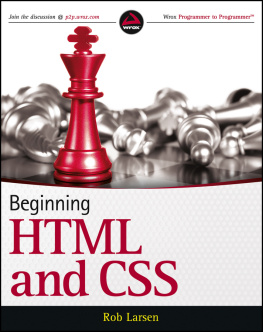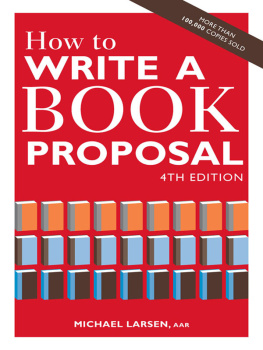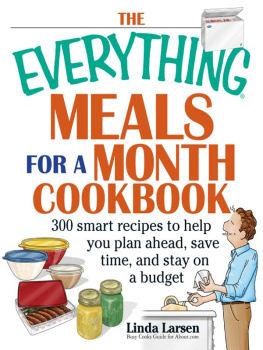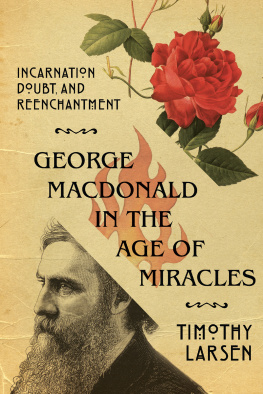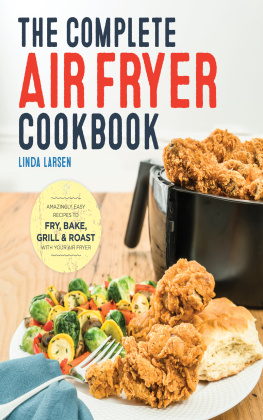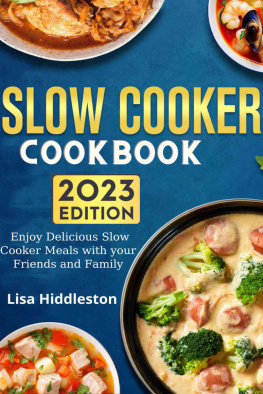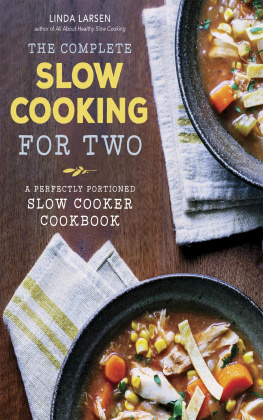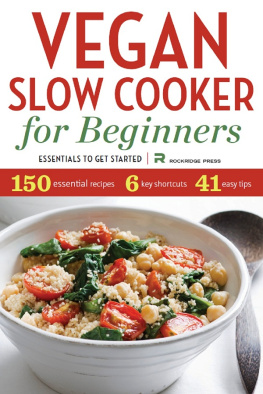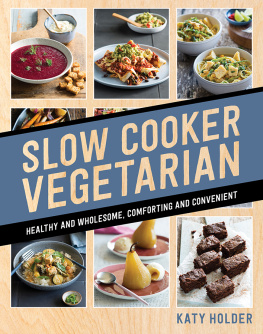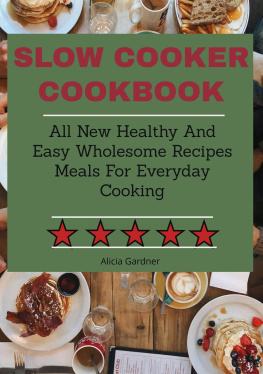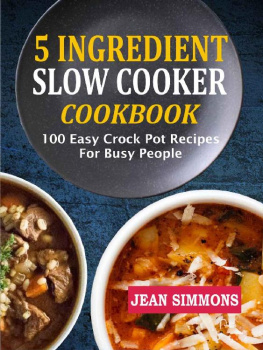Copyright 2014 by Temescal Press, Berkeley, California
No part of this publication may be reproduced, stored in a retrieval system or transmitted in any form or by any means, electronic, mechanical, photocopying, recording, scanning or otherwise, except as permitted under Section 107 or 108 of the 1976 United States Copyright Act, without the prior written permission of the publisher. Requests to the publisher for permission should be addressed to the Permissions Department, Temescal Press, 918 Parker St., Suite A-12, Berkeley, CA 94710.
Limit of Liability/Disclaimer of Warranty: The publisher and the author make no representations or warranties with respect to the accuracy or completeness of the contents of this work and specifically disclaim all warranties, including without limitation warranties of fitness for a particular purpose.
No warranty may be created or extended by sales or promotional materials. The advice and strategies contained herein may not be suitable for every situation. This work is sold with the understanding that the publisher is not engaged in rendering medical, legal or other professional advice or services. If professional assistance is required, the services of a competent professional person should be sought. Neither the publisher nor the author shall be liable for damages arising herefrom. The fact that an individual, organization or website is referred to in this work as a citation and/or potential source of further information does not mean that the author or the publisher endorses the information the individual, organization or website may provide or recommendations they/it may make. Further, readers should be aware that Internet websites listed in this work may have changed or disappeared between when this work was written and when it is read.
For general information on our other products and services or to obtain technical support, please contact our Customer Care Department within the United States at (866) 744-2665, or outside the United States at (510) 253-0500.
Temescal Press publishes its books in a variety of electronic and print formats. Some content that appears in print may not be available in electronic books, and vice versa.
TRADEMARKS: Temescal Press and the Temescal Press logo are trademarks or registered trademarks of Callisto Media Inc. and/or its affiliates, in the United States and other countries, and may not be used without written permission. All other trademarks are the property of their respective owners. Temescal Press is not associated with any product or vendor mentioned in this book.
ISBN: Print 978-1-62315-540-7 | eBook 978-1-62315-541-4
Contents
INTRODUCTION
Healthy Slow Cooking
The busier your lifestyle, the harder it can be to find the time to cook both a satisfying and nutritious meal.
Slow cooking has moved far beyond your mothers (or grandmothers) heavy on the fat but light on nutrition one-pot meals. Healthy and nearly effortless to prepare, flavorful and inexpensive, todays slow cooker recipes rely on fresh and natural ingredients. Turn on the appliance in the morning, go about your day, and come home hours later to delicious and nourishing food.
As popular eating plans move from low-carb to low-fat, from the beach to the cave and places in between, the time-tested slow cooker continues to earn its place in every kitchen. Slow cookers may be traditionally known for their one-dish meals, but they are also useful for cooking roasts, entres, soups, and side dishes. When you use your slow cooker to make a meaty main dish, all you have to prepare before sitting down to dinner is a salad, starch, and beverage. If your family eats in shifts, with your daughter coming home late from soccer practice and your son studying for college entrance exams, a slow cooker accommodates their schedules. The appliance keeps food warm for hours so everyone can eat whenever they get home.
The busier your lifestyle, the harder it can be to find the time to cook both a satisfying and nutritious meal. Fast food, take-out meals, and highly processed frozen dinners are convenient, but they sacrifice your health and can be very expensive. With a slow cooker (or two) in your pantry, you can feed your family delicious food that will nourish them without exhausting you or your budget. The slow cooker is a closed environment, which means nutrients are not lost through evaporation or draining. Though vitamins and minerals can be broken down in all types of cooking, more of them are retained in the food and the surrounding liquid created through slow cooking. The preserved moisture and long cooking time also has the benefit of making inexpensive cuts of meat and fiber-filled root vegetables savory and tender. The low heat of the slow cooker cooks everything safely but doesnt create harmful chemicals that can build up when some foods are cooked quickly at high heats.
The recipes in this book are easy to follow and interesting, using flavors from a variety of cuisines around the world. Tips offered throughout each section of the book provide you with helpful information on the newest models of slow cookers as well as how to buy the best slow cooker for your family, use and clean your slow cooker, make the most of the appliance, prepare food ahead of time to minimize the time you spend in the kitchen, and how to customize recipes to suit your familys tastes. You will also discover safety and preparation tips and even find a quiz to help you become a healthy eater. Lets get started!

WHAT IS SLOW COOKING?
Slow cooking uses a special appliance called a slow cooker. Slow cookers come in many different types, from the basic appliance that just turns off and on to complex models with programmable controls and special features.
Temperature
Most slow cookers have at least three temperature settings: warm, low (approximately 200F), and high (approximately 300F). Both the low and hot settings are hot enough to cook food safely but low enough to cook food gently over a long time period without burning or overcooking. Some programmable slow cookers have a keep warm setting that will keep food at a safe temperature for up to eight hours after the food is cooked. More sophisticated programmable slow cookers heat up to stove top temperatures, allowing meat and vegetables to be browned and sauted right inside the appliance. Some newer models even have temperature probes that can cook meat to the doneness you prefer, or built-in stirring elements so you never have to lift the lid until youre ready to eat!
Moist Heat
Slow cookers cook food differently than the microwave, stove top, or oven. The most important difference is the slow cooker is a closed and sealed environment that cooks food with moist heat. Moist heat is gentler than dry heat and is best for foods such as roasts and hard vegetables.
The microwave is a dry-heat appliance that heats food quickly and can make some ingredients tough. Foods simmering on the stove top lose many water-soluble nutrients such as vitamins B and C through evaporation, and must be stirred or manipulated while cooking. The oven, also a dry-heat cooking appliance, isnt ideal for many foods such as tough roasts or delicate seafood. Your slow cooker is the best way to prepare healthy and inexpensive meals quickly with little effort on your part.

